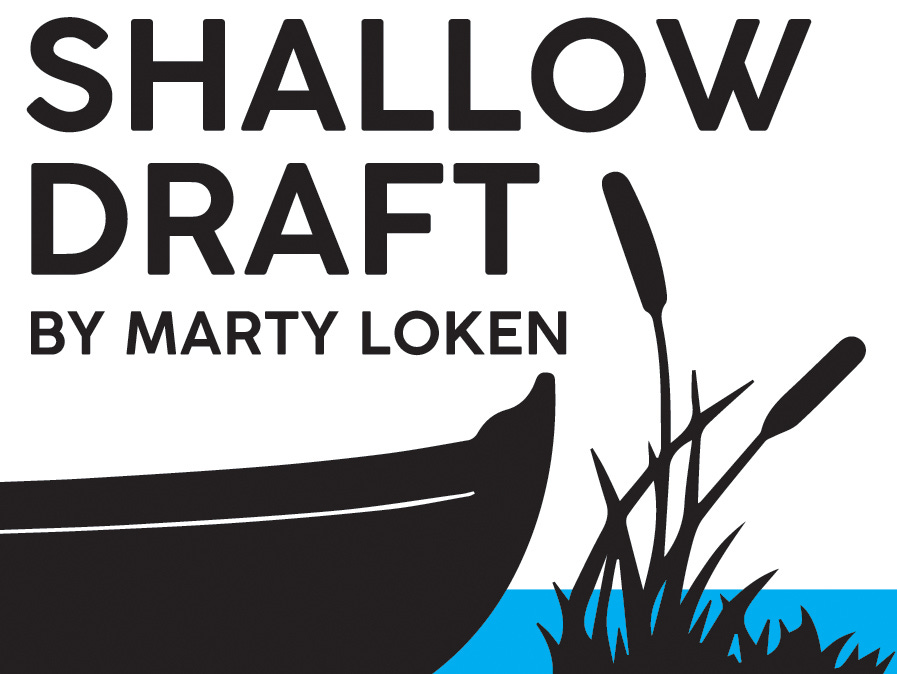Our friends at Off Center Harbor have a saying I’ve warmly embraced: “Start Off Slow…Then Ease Up.”
It’s supposed to refer to boating in the month of August, but why not all the time?
Yesterday morning, I responded to a question from Charity, a customer of Duckworks 2.0 (www.duckworks.com), who built a CLC Annapolis Wherry with sliding seat, outriggers and lengthy oars—standard setup for the fast expedition wherry (17’ 9” with a beam of only 38”). Charity wasn’t comfortable rowing the boat with long sculls and the sliding seat with outriggers, so she wondered how she might rework the hull for fixed-seat rowing…knowing but maybe not caring that the alteration would cost a bit of hull speed.
I was happy to help Charity figure out how to de-tune her speedy wherry, and get back to the joys of going a bit slower, and being more comfortable with shorter, easier-to-manage oars.
By coincidence I’d done the same thing seven years ago, after building a Colin Angus-designed 16’ Oxford Wherry, a flyweight glued-lapstrake hull that’s similar to the 17’ 9” Annapolis Wherry: Identical beam, almost equal freeboard and similar top rowing speed with outriggers and long sculls. (CLC says 7 knots for the longer Annapolis Wherry; Colin Angus suggests 6 knots for the Oxford Wherry…but both probably have all-day cruising speeds of about 4 knots in their sliding-seat configuration. (My guess with the fixed-seat arrangement, and oars in the 7’ 6” range, is 3 knots of cruising speed, with occasional bursts of maybe 4.5 knots.)
Keep reading with a 7-day free trial
Subscribe to Small Craft Advisor to keep reading this post and get 7 days of free access to the full post archives.

